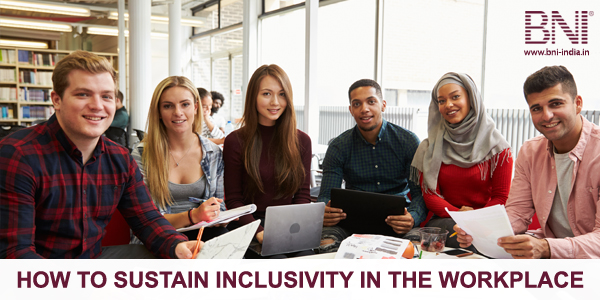Human beings cannot be devoid of bias, we are wired to judge people before meeting them, and create assumptions about their capability based on their race, sex or caste. Now, it is important to distinguish between known and unconscious biases. Known biases are often controlled and concealed for the fear of being politically incorrect. But unconscious biases are involuntary. They are triggered by our past, the way we have been brought up, our social circle, our past experiences with people etc. Though it is involuntary and natural to human beings, no matter how objective or pragmatic we are in our life or profession, we are prey to unconscious biases, so we can’t necessarily stop hosting them but we can definitely keep them at bay by embracing a work culture which will help us to do.
1 )Make a list or identify the biases you are vulnerable to.
A business school listed down the following biases which might resonate with you.
- Affinity Bias: Tendency to like some people more than you like others
- Halo effect: To think that a person is capable of good only
- Perception bias: To build stereotypes about people even before getting to know them
- Conformity bias: Follow something/someone because others are
The workplace sees a lot of bias in terms of physical beauty, (especially with regard women), or the boss favouring someone who is a rich man’s son. When you make a list of such biases and identify their impact on the work environment will be more explicit and transparent and you will thus start taking steps to keep such biases at check.
2) Re-organise work structures or build systems that honour & sustain diversity:
- Train your staff to acknowledge these biases; and that it is human nature to carry them.
- Have anonymous resume audits, surveys of current & previous employees and focus groups that allow for open discussion on bias and inclusivity issues.
- A diversity audit of hiring & promotion process is crucial to identify and resolve any bias if any.
- Have a solid grievance redressal process and include peer mentoring.
3) Take up collaborative projects that involve people from different backgrounds
- Projects linked to a wider community will make employees embrace diversity.
- Employees will finally acknowledge their own conditioning & make an effort to unlearn that.
- Incentivise those who volunteer to bridge gaps created by such biases & stereotypes.
